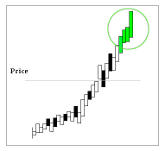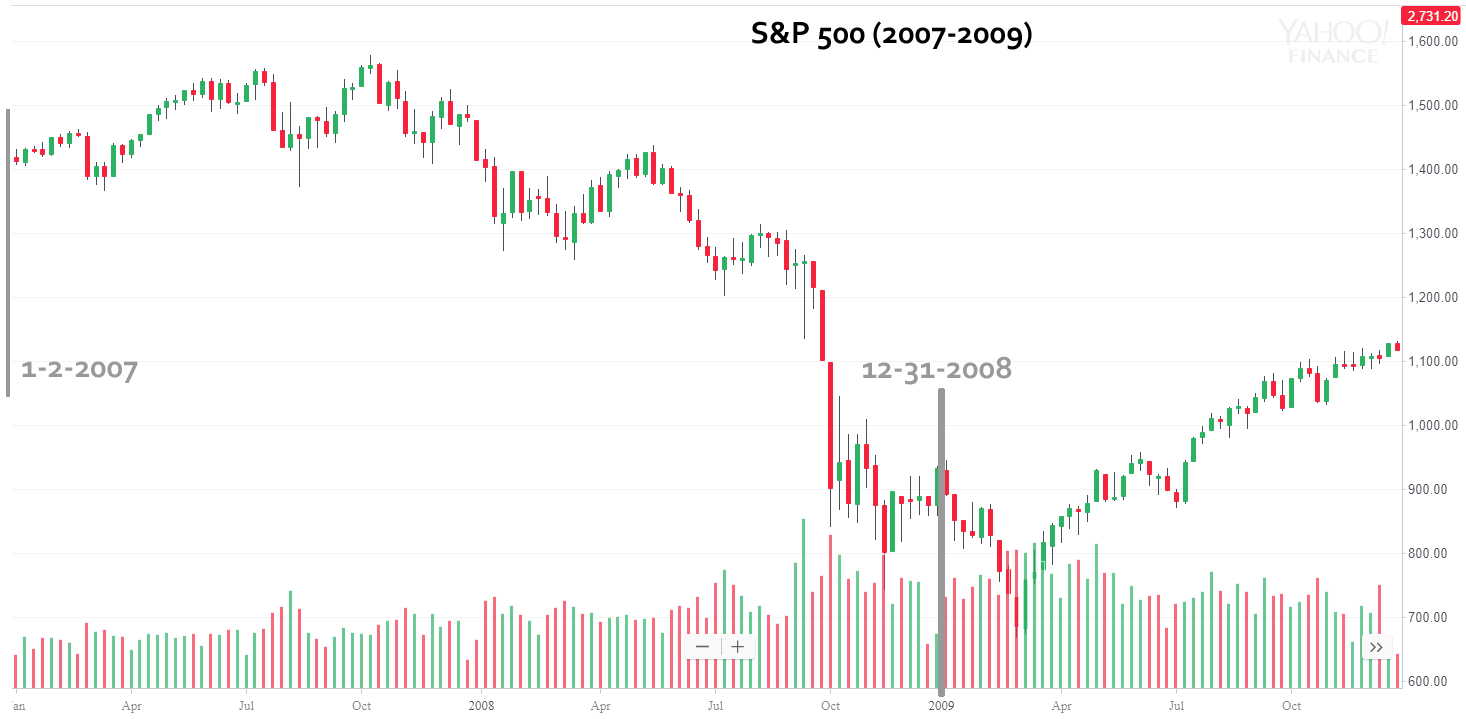The One-Week Pre-earnings Momentum Trade With Options in Salesforce.com Inc

Salesforce.com Inc (NYSE:CRM) : The One-Week Pre-earnings Momentum Trade With Options
Date Published: 2018-08-05
Disclaimer
The results here are provided for general informational purposes, as a convenience to the readers. The materials are not a substitute for obtaining professional advice from a qualified person, firm or corporation.
PREFACE
Salesforce.com Inc (NYSE:CRM) has shown strong momentum 7 calendar days before earnings, as its stock has flourished in the cloud computing revolution. Now it's time can capture that phenomenon explicitly by looking at returns in the option market.The Bullish Option Trade Before Earnings in Salesforce.com Inc
We will examine the outcome of getting long a two-wee out of the money (40 delta) call option in Salesforce.com Inc 7-days before earnings (using calendar days) and selling the call before the earnings announcement.Here's the set-up in great clarity. Since Salesforce reports earnings after the market closes we note, again, that the trade closes before earnings, so this trade does not make a bet on the earnings result.

RISK MANAGEMENT
We can add another layer of risk management to the back-test by instituting and 40% stop loss and a 40% limit gain. Here is that setting:
In English, at the close of each trading day we check to see if the long option is either up or down 40% relative to the open price. If it was, the trade was closed.
RESULTS
Here are the results over the last two-years in Salesforce.com Inc:| CRM: Long 40 Delta Call | |||
| % Wins: | 87.5% | ||
| Wins: 7 | Losses: 1 | ||
| % Return: | 303% | ||
Tap Here to See the Back-test
The mechanics of the TradeMachine® Stock Option Backtester are that it uses end of day prices for every back-test entry and exit (every trigger).
Track this trade idea. Get alerted for ticker `CRM` 7 days before earnings
Setting Expectations
While this strategy had an overall return of 303%, the trade details keep us in bounds with expectations:
➡ The average percent return per trade was 32.7%.
➡ The average percent return per winning trade was 41.3%.
➡ The percent return for the losing trade was -27.9%.
Is This Just Because Of a Bull Market? It's a fair question to ask if these returns are simply a reflection of a bull market rather than a successful strategy. It turns out that this phenomenon of pre-earnings optimism also worked very well during 2007-2008, when the S&P 500 collapsed into the "Great Recession."

The average return for this strategy, by stock, using the Nasdaq 100 and Dow 30 as the study group, saw a 45.3% return over those 2-years. And, of course, these are just 8 trades per stock, each lasting 7 days.
* Yes. We are empirical.
* Yes, you are better than the rest now that you know this.
* Yes, you are powerful for it.
Back-testing More Time Periods in Salesforce.com Inc
Now we can look at just the last year as well:
| CRM: Long 40 Delta Call | |||
| % Wins: | 100.00% | ||
| Wins: 4 | Losses: 0 | ||
| % Return: | 193% | ||
Tap Here to See the Back-test
We're now looking at 193% returns, on 4 winning trades and 0 losing trades.
➡ The average percent return over the last year per trade was 41.44%.
MOVING FORWARD
In a few mouse clicks and about 30 seconds, we empirically identify a pattern that has repeatedly turned a profit over and over again, then displayed those results with no room for confusion or doubt. You can tap the link below to become your own option expert.Tap Here, See for Yourself
Risk Disclosure
You should read the Characteristics and Risks of Standardized Options.
Past performance is not an indication of future results.
Trading futures and options involves the risk of loss. Please consider carefully whether futures or options are appropriate to your financial situation. Only risk capital should be used when trading futures or options. Investors could lose more than their initial investment.
Past results are not necessarily indicative of future results. The risk of loss in trading can be substantial, carefully consider the inherent risks of such an investment in light of your financial condition.
Please note that the executions and other statistics in this article are hypothetical, and do not reflect the impact, if any, of certain market factors such as liquidity and slippage.


